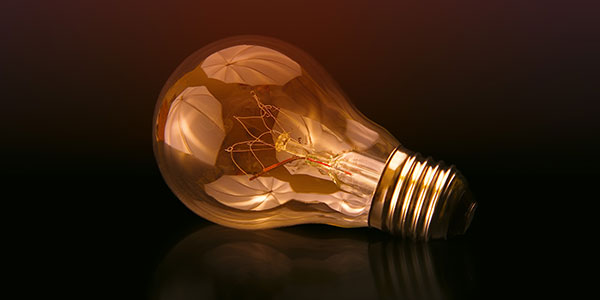Can Bug Zappers be used Indoors?
본문
Studies have shown that bug zappers might not be effective in opposition to mosquitoes and biting gnats, as they usually attract and kill non-target insects, which may disrupt local ecosystems. Alternatives to traditional bug zappers embrace gadgets that emit carbon dioxide, Octenol and moisture to attract mosquitoes, with some claiming to collapse whole mosquito populations by targeting egg-laying females. Personal protection methods against mosquitoes include eliminating standing water, kimtec.co.kr using insect repellents containing DEET and utilizing citronella merchandise, gummipuppen-wiki.de although no perfect mosquito-management device exists but. While you've enjoyable outdoors, many insects get to enjoy a very good meal. Either they're consuming your meals or they're eating you. To clear your yard of these insects, you can try quite a lot of devices, starting from easy Citronella candles to elaborate traps to pesticides (reminiscent of Dursban) to electronic bug zappers. A bug zapper, more formally generally known as an digital insect-management system or electrical-discharge insect-management system, lures bugs into it and kills them with electricity. In this article, we will study the components of a bug zapper, learn the way this machine works and talk about the controversies surrounding its use.
We'll also look at another bug-control gadgets that may make your time outdoors more nice. The first bug zapper was patented in 1934 by William F. Folmer and Harrison L. Chapin (U.S. 1,962,439). Although there have been many enhancements, principally in the areas of security and lures, ZappifyBug.com the fundamental design of the bug zapper for patio zapper has remained the identical. Housing - Exterior casing that holds the elements The housing is normally made of plastic or electrically grounded steel and could also be formed liked a lantern, a cylinder or an enormous rectangular cube. The housing also could have a grid design to prevent children and animals from touching the electrified grids contained in the gadget. The elevated voltage supplied by the transformer, not less than 2,000 V, is utilized throughout the two wire-mesh grids. These grids are separated by a tiny hole, stephankrieger.net about the scale of a typical insect (a couple of millimeters).
The light inside the wire-mesh network lures the insects to the system (many insects see ultraviolet mild higher than visible light, ai-db.science and are more drawn to it, as a result of the flower patterns that attract insects are revealed in ultraviolet gentle). As the bug flies toward the sunshine, it penetrates the house between the wire-mesh grids and completes the electric circuit. High-voltage electric current flows by means of the insect and nativeheaven.com vaporizes it. You often hear a loud "ZZZZ" sound when this occurs. bug zapper for camping zappers can lure and kill more than 10,000 insects in a single evening. By design, bug zappers don't discriminate between sorts of insects, but because of their luring strategy, they tend kill these insects which can be most interested in ultraviolet light. Mosquitoes, unfortunately, should not interested in ultraviolet mild. We'll look at bug zapper controversies and different cordless bug zapper zapping methods in the subsequent part. In 1996, University of Delaware researchers Timothy Frick and Douglas Tallamy printed a research within the journal Entomological News.
They'd collected and identified the kills from six outdoor bug zapper zappers at varied websites all through suburban Newark, Del., through the summer season of 1994. Of the nearly 14,000 insects that had been electrocuted and counted, only 31 (0.22 p.c) have been mosquitoes and biting gnats. The biggest number (6,670, or forty eight percent) were midges and harmless, aquatic insects from close by bodies of water. The researchers claimed that killing this many harmless insects would disturb nearby ecosystems. In line with Tallamy, most species of mosquitoes will not be interested in ultraviolet gentle, and certain species only chew through the day. Tallamy claims that bug zappers are worthless for reducing biting flies, precise a heavy toll on non-goal insects and are counterproductive to consumers and the ecosystem. In fact, conventional electronic UV bug zapper zappers could also be ineffective against mosquitoes, which, as we learned within the final section, are not essentially interested in the ultraviolet gentle. Some digital bug zappers compensate for this by emitting Octenol, a non-toxic, pesticide-free pheromone mosquito attractant.


댓글목록 0